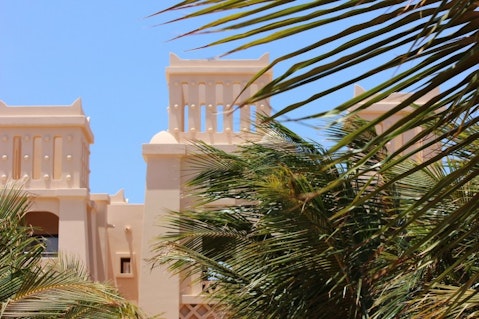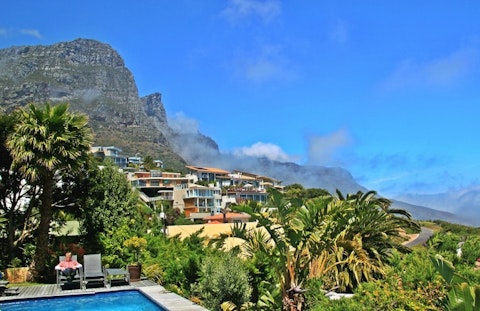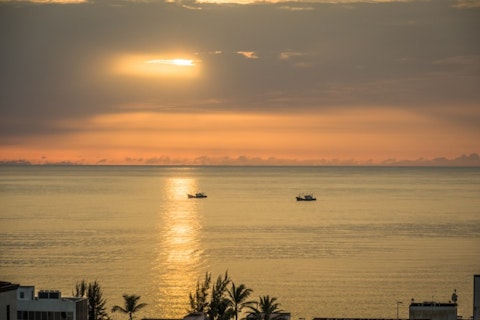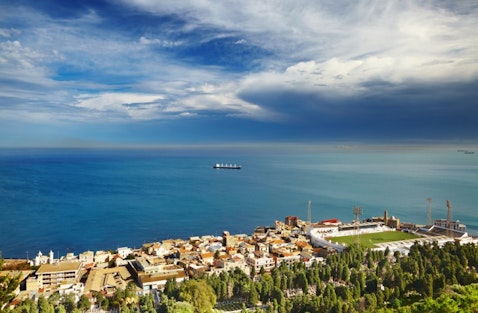What are the most advanced countries in Africa? We recently covered the 10 most advanced countries in information technology, but now let’s see where we can place African countries when it comes to measuring standards of living, education, healthcare and economic growth.
How do we measure general development of a country? HDI (Human Development Index) is used to measure standards of living across the world. United Nations Development Program uses data to publish annual Human Development Reports about the current status of each country’s development. Countries are listed in three categories: high human development, medium human development and low human development. Economic growth, employment, standards of living are measured (GDP- Gross domestic product per capita), the status of the educational system and healthcare are among the main factors used in calculating the human development index.

Juan A. Valino Garcia / Shutterstock.com
Human Development Report that was published last year (data collected in 2013 and the report was published in 2014) shows which countries are the most advanced on the African continent. There are five African countries that have high HDI according to this report, and we will also include five more countries with medium HDI, to make our list of the 10 most advanced countries in Africa.
10. Cape Verde
HDI: 0.636
The Republic of Cape Verde is located in the Atlantic Ocean, it is an archipelago of 10 islands and 8 islets. It is recognized as a developing country since 2007 and since 2000 the country has strong economic performance (mainly because of tourism). The country has a service-oriented economy, and nearly 75% of GDP comes from public services and tourism. Other sectors’ contributions to GDP are: industry: 16.5% and agriculture 9.2% .

9. South Africa
HDI: 0.638
South Africa is a popular destination for tourists. GDP in South Africa: services 65.9%, industry 31.6%, agriculture 2.5% The country has second-largest economy in Africa, but, unfortunately, also still has a high level of unemployment (25%!), inadequate education, poor health care and high crime rate as well.

8. Gabon
HDI: 0.658
Gabon is the country in Central Africa located on the west coast. Oil revenues include 43% of gross domestic product (GDP), but there are some estimations that it will be expanded by 2030. The country uses oil revenues to improve and promote education. GDP by sector in Gabon: industry 62.7%, services 32.8%, agriculture 4.5%.

7. Egypt
HDI: 0.682
Egypt is located in North Africa and Southwest Asia. Culturally and politically, Egypt is considered part of the Middle East and part of the Arab world as well. Egypt’s economy is one of the largest in the Middle East, with tourism as the most important sector. GDP by sector in Egypt: services 49 %, industry 35,5%, agriculture 14,5%

6. Botswana
HDI: 0.683
Botswana is located in Southern Africa; country used to be one of the poorest in the world. About 40% of all government revenues are provided by the mineral industry. The country has the largest diamond mine in the world, and it is the second largest producer of gem diamonds (following Russia). The average economic growth rate is 9% per year from the 1960’s until 1990’s. GDP in Botswana by sector: services 62.14% (tourism is important to the economy); industry 35.7% and agriculture 1.9%

5. Algeria
HDI: 0.717
Algeria, a country in North Africa, is the largest country in Africa. The country’s economy has strong hydrocarbon revenues and in 2011 country’s economy grew by 2.4% and in 2012 by 2.5%, and is projected to grow by 4% in 2015. Oil and gas sector makes about 70% of total budget revenues. Algeria has iron and zinc mines, and mercury, lead, calamine, copper and antimony mines as well. GDP in Algeria by sector: industry 61.1%; services 31.5% and agriculture 8.5%

Pichugin Dmitry/Shutterstock.com
4. Tunisia
HDI: 0.721
Tunisia is located in the northern part of the country. Tunisia has varied economy and the main sectors of Tunisian economy are: tourism and services (62.8% of the GDP), agriculture (11.6% of the GDP), industry (25.7% of the GDP – petroleum products, mining and manufacturing).

3. Seychelles
HDI: 0.756
Seychelles is located in the Indian Ocean ( in the east of Eastern Africa). It is an archipelago of 115 islands. The main sector in Seychelles is tourism and 30% of labour force works in tourism. There is around 3% of the labor force working in the agricultural sector (Seychelles produce cinnamon, sweet potatoes, vanilla, coconuts).

2. Mauritius
HDI: 0.771
Another island country, located in the Indian Ocean. This multiethnic and multicultural country is highly ranked for economic freedom and democracy. Tourism is a base of country’s economy. The gross domestic product (PPP) was $22.025 billion (report from 2014) and the gross domestic product (PPP) per capita was over $16,820. Mauritius has the 8th most free economy in the world and is highly ranked in investment freedom according to the Index of Economic Freedom (report from 2013).

KKulikov/Shutterstock.com
1. Libya
HDI: 0.784
Libya made to the top of our list of 10 most advanced countries in Africa. This country is located in the North Africa. Country’s economy is based on oil revenues and has the largest oil reserves in Africa (43.5 billion barrels – estimated reserves). Libya has one of the highest gross domestic products per capita in Africa (the oil and gas sector makes 60 % of total GDP and the agriculture less than 5% of total GDP). Libya has recovered very fast from the 2011 conflict, though nobody expected it will happen so fast, and returned oil production to regular level by the end of 2012.

lapas77/Shutterstock.com





